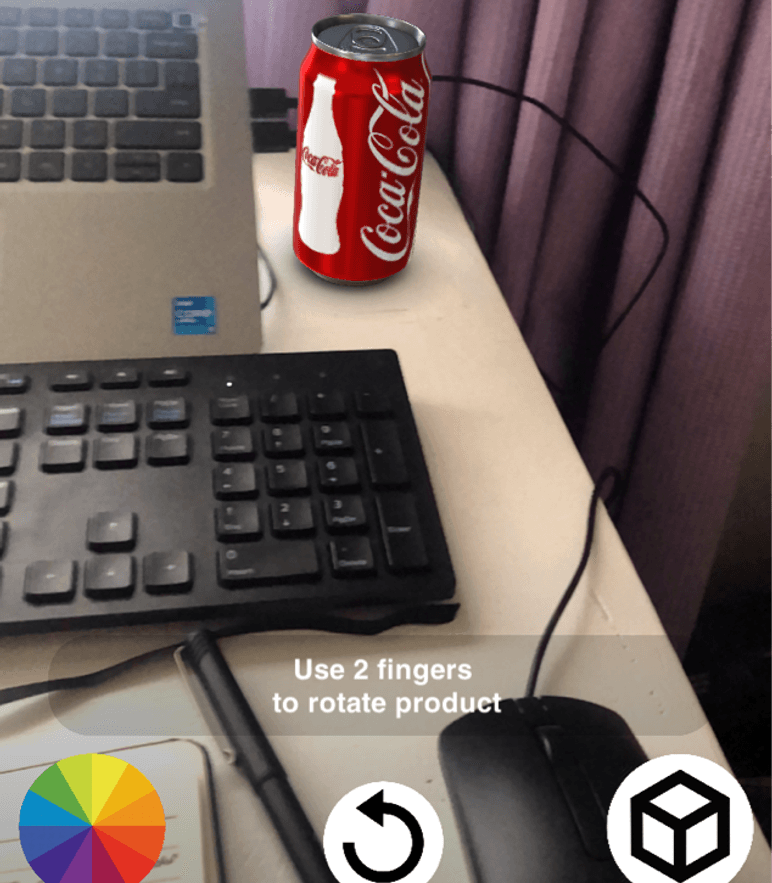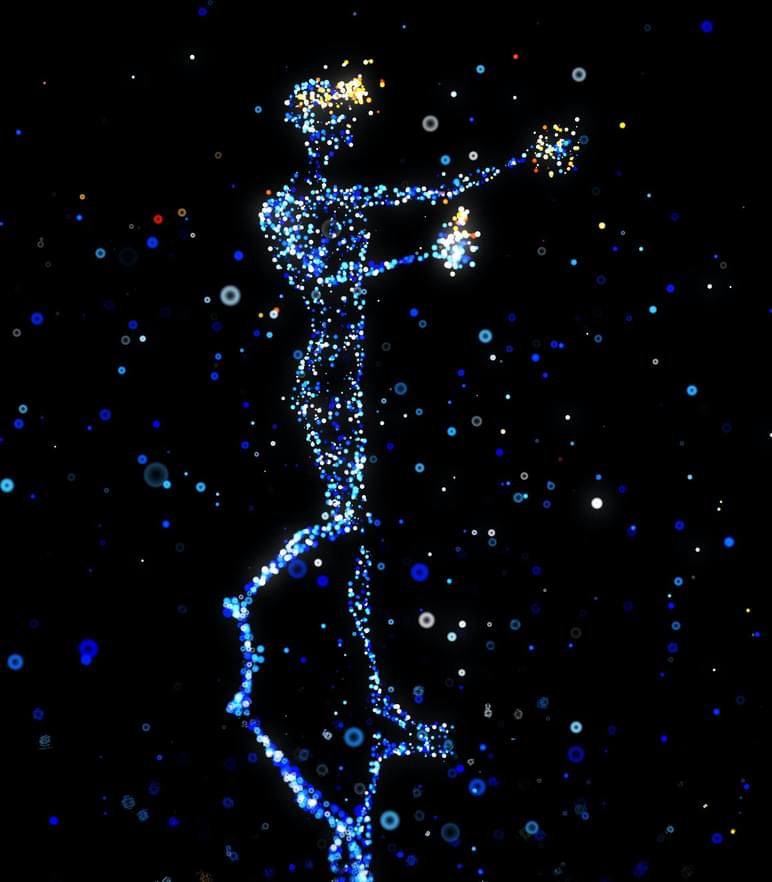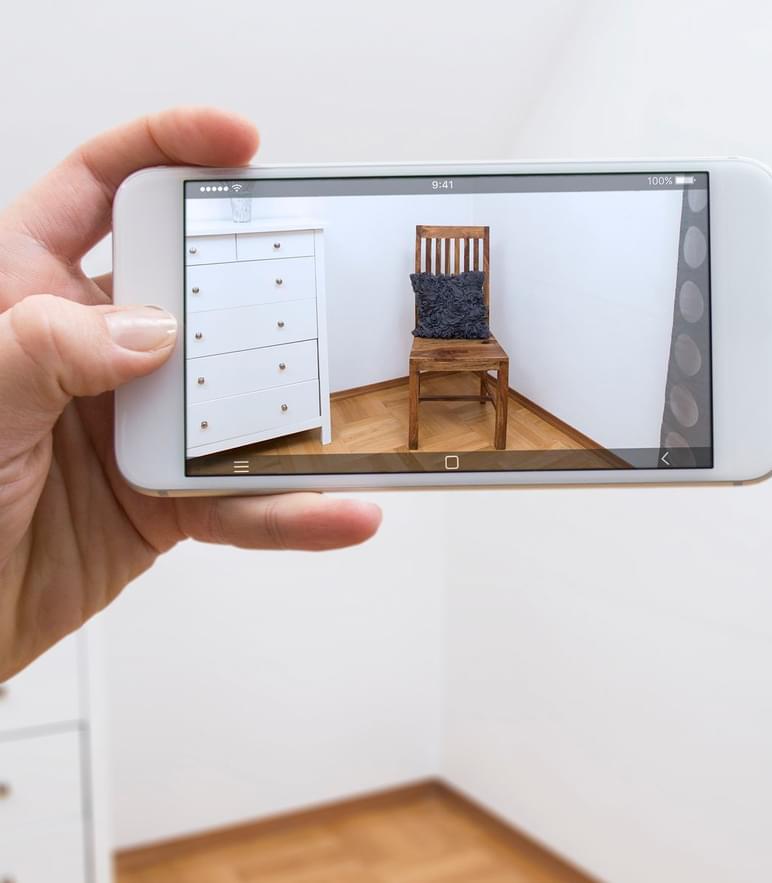What role could Augmented Reality play in the future of product and pack testing?
Augmented reality (AR) utilizes 3D modelling software to place new products or package designs in a consumers’ real-world environment, allowing them to interact and explore them as if they are in the room with them. Pretty exciting right?! We wanted to find out if this tech was worth the hype, or if it'd simply mean using tech for tech's sake - here's what we found...
A global pet care is expanding into sustainable territory with new sustainable film. There was a need to introduce a packaging reseal/reclose system to make their products more competitive and enhance the user experience overall.
The client approached MMR’s NOVA tech innovation Team via the NOVA Partnership Initiative because they were interested to assess the packaging designs using Augmented Reality (AR) technology along with traditional research methods.
- To understand which approach is the most effective for validating packaging improvements
- Whether AR represents a viable alternative for early-stage pack and product development;
Learnings from previous experiments with AR
Our experience suggests that Augmented Reality (AR) is not a substitute for physical stimulus but can provide valid and agile packaging feedback at early stages of the innovation process.
Advantages
- AR was particularly good at conveying benefits of the packaging options. The positive aspects of the packs were mostly identical in both AR and physical pack tests
- AR is useful to demonstrate different functionalities of the packs, bringing the interactive element into consumers’ physical spaces.
- AR allows full brand graphics to be applied to early-stage pack designs which make assessments more realistic for consumers
- Many consumers told us they found the experience very enjoyable, ‘user-friendly’, easy to use, and even ‘fun’ and liked how realistic it felt, as if the pack was really there ‘in front of them’.


Limitations
- AR will only show a snapshot of the pack performance and not the full usage cycle. Consumers couldn't always pre-empt the frustrations / drawbacks when issues might happen within the lifecycle and how detrimental they would be for use/ product. Those issues came through with the real prototypes only (e.g., seal losing its stick).
- Due to the absence of sensorial characteristics of an AR stimulus, some important sensorial expectations did not come through from consumers viewing packs in AR, e.g. expectations around airtight packs, quality and strength of materials
Recommendations
- A quantitative approach is recommended as a starting point to screen from an array of possible design routes. Unless a single clear winner is identified following the quant stage, a handful of “most promising” design routes can be visualized in 3D and taken into the AR stage. The AR stage would help screen down the digital prototypes and therefore reduce the number of physical prototypes to be created.
- Evaluation with physical pack/s still advised at the final stage, especially where sensory feedback can help maximize differentiation and unlock the sensory power and uncover performance-related issues that might not be identified from a 'perfect' AR pack.
- The AR stimuli is a new experience for most participants. We recommend using a dummy object to get consumers comfortable with the tech before showing the test stimulus
